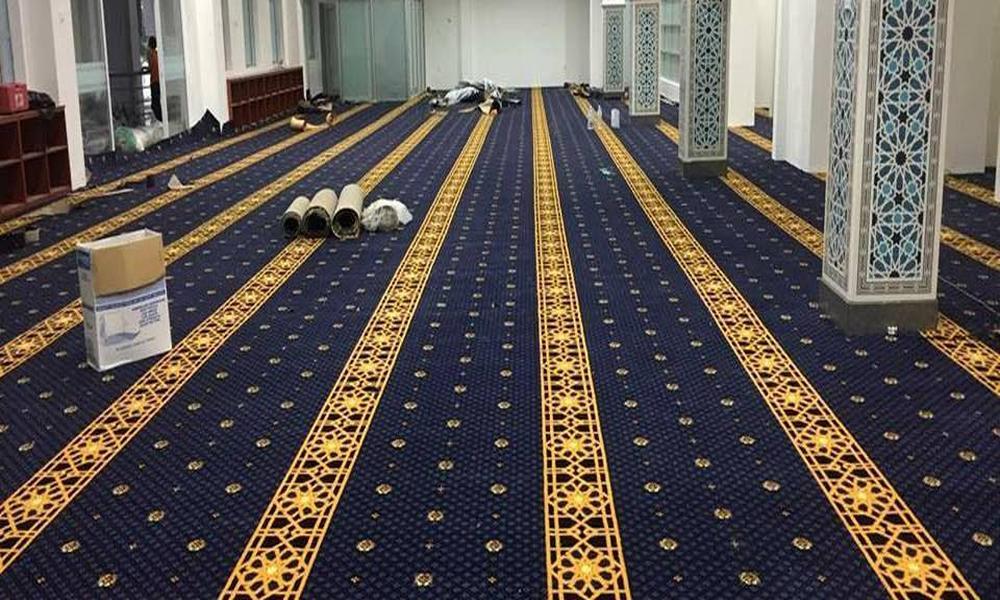
The mesmerizing beauty of mosque carpets has captivated worshippers and visitors alike for centuries. But have you ever wondered what makes these carpets so special? Beyond their enchanting designs and vibrant colors lies a deeper significance that goes hand in hand with the spiritual ambiance of a mosque. Let’s delve into the world of mosque carpets and explore their unique blend of spirituality and artistry.
Mosque carpets, renowned for their intricacy and elegance, serve a dual purpose: enhancing the aesthetics of the sacred space while providing comfort to the worshippers. These carpets are meticulously handwoven by skilled artisans, who pour their heart and soul into creating masterpieces that reflect the deep-rooted Islamic heritage.
Stepping into a mosque adorned with a beautifully crafted carpet instantly transports one into a world of tranquility and devotion. Each carpet is more than just a floor covering; it symbolizes unity and connection among the worshippers, who gather to pray and seek solace within the comforting embrace of these textiles.
The captivating geometric patterns that embellish mosque carpets hold profound meanings, often representing the infinite nature of Allah’s creation and the intricate interconnectedness of all living beings. The vivid colors used in the designs carry symbolism, with shades of green symbolizing paradise and red representing the fire of hell, reminding visitors of the duality of life.
What Secrets Lie Beneath the Patterns of Mosque Carpets?
The mesmerizing patterns adorning mosque carpets are far more than meets the eye. Each intricate motif, woven with precision and care, conceals hidden meanings and esoteric symbolism that add an aura of mystery and wonder to these sacred textiles. Unravel the secrets beneath the patterns of mosque carpets as we unveil the enigmatic stories they hold.
Beyond their ornamental beauty, mosque carpets carry a language of symbols and hidden messages that speak to the devout and the curious alike. One of the most prevalent motifs is the “Tree of Life,” representing the eternal cycle of creation, birth, and rebirth. The tree’s roots delve deep into the past, connecting it to history and tradition, while its branches reach toward the heavens, symbolizing aspiration and spiritual growth.
Similarly, the “Mihrab” pattern, an arched niche design found on many mosque carpets, points towards the direction of Mecca during prayers. This symbolizes the unity of all Muslims, directing their focus toward a common spiritual center, no matter where they are in the world. It serves as a reminder of the universal bond that transcends geographical boundaries.
Are Mosque Carpets an Intersection of Tradition and Innovation?
While mosque carpets are steeped in centuries-old tradition, they continue to evolve with the changing times, reflecting an intersection where the past meets the present. This captivating blend of tradition and innovation gives rise to carpets that not only preserve the essence of Islamic art but also cater to modern practicality and aesthetics. Let’s explore the fascinating journey of mosque carpets as they embrace both heritage and progress.
The art of weaving mosque carpets dates back to the early days of Islam when the need to create a clean and comfortable space for prayer led to the development of these exquisite textiles. Initially, the carpets were handwoven using traditional techniques, passed down through generations. The process involved painstaking attention to detail, ensuring that every knot was tied with precision to create the intricate patterns.








